Example sets
Are you thinking about buying a telescope? Examples of product combinations for your first steps in astronomy - or for moving to the next level!

Wouldn’t it be great to see, at a glance, the range of various telescopes divided into meaningful categories? This is exactly what our consultants have prepared for you: examples of product combinations for every application. You can replace individual elements of each combination to get the perfect telescope for your needs.
We will be happy to help you with the selection for your individual configuration.
Set 1: Discovering the starry sky and nature

Binoculars with high light-gathering power
Binoculars are often overlooked as an astronomical instrument. Always at hand and with an unrivalled wide field of view, they reveal a relaxed and enjoyable view of the starry sky. Experienced observers often have binoculars with them in addition to their telescope. And no matter which instrument you get started with, the two will complement one other perfectly!
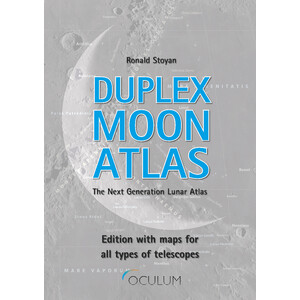

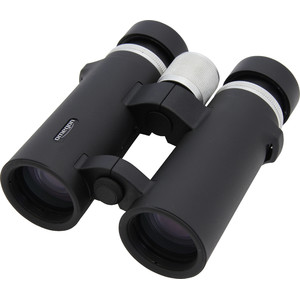
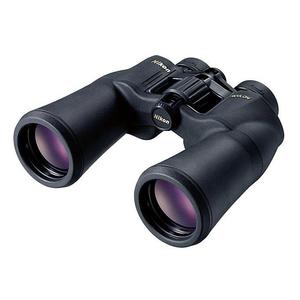

This is the set for you if you ...
- Would like to get to know the starry sky in a mobile and uncomplicated way, with low magnification and a large field of view
- Find birds and wildlife in the garden and the countryside just as exciting as the stars in the sky
- Want to enjoy bright and brilliant images even in twilight and in poor light conditions
- Are looking for an instrument that you can always have by your side that will give you pleasure both night and day
Budget: from €250
Set 2: Diving into the starry skies with both eyes

Large binoculars with altazimuth mount
Some observers do not want to forego relaxed observing with both eyes, but still want to be able to see more than with normal binoculars. Large binoculars gather more light and show more detail at higher magnification. This is made possible by a stable mount, and the 90-degree angled eyepiece ensures relaxed observing.
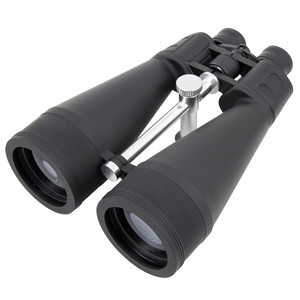

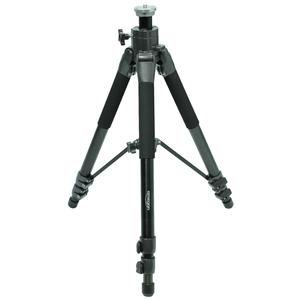

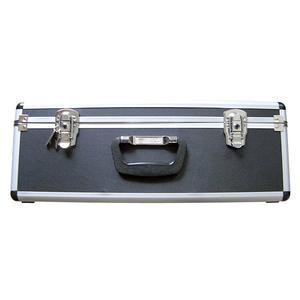
This is the set for you if you ...
- Want to observe the Milky Way, open star clusters and star patterns with a great field of view
- Would like to see extensive astronomical objects and more detail than with normal binoculars
- Want to use the light-gathering capability of large binoculars for observing faint objects
- Appreciate a stable, upright and right-sided image that impresses with fine details
Budget: from €750
Set 3: Heading for the Moon and the planets

Lens telescope (achromatic refractor) with altazimuth mount
What makes a telescope better than binoculars? Magnification! This is what you need if you want to see details on the Moon and planets. These targets are bright, so here a classic lens telescope with a 60-90 mm aperture and a long focal length will reveal its strengths. The altazimuth mount allows intuitive locating and tracking, and simple photographs of the Moon are possible with a smartphone.
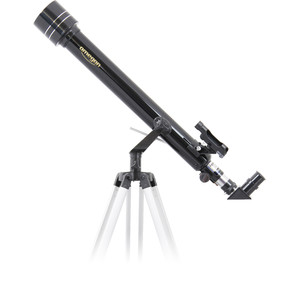



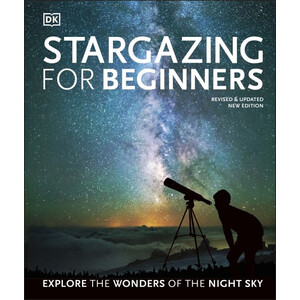
This is the set for you if you ...
- Want to observe bright targets such as the Moon and planets in our solar system
- Would like to be able to set up the telescope quickly and get started without a lengthy alignment process
- Have children and teenagers who want to be able to observe with the telescope unsupervised
- Want to take simple photos of the Moon and the large planets with a smartphone
- Can live with some chromatic aberration in return for fine, point-shaped stars
Budget: from €300
Set 4: Observing nebulae and galaxies

Classic Dobsonian telescopes
A Dobsonian telescope is the perfect partner for observing deep sky targets such as star clusters, nebulae and galaxies. Here, a large aperture is required to make faint objects visible. The mechanical set-up is simple, the telescope is easy to operate, the optic’s value lies in its light-gathering power.
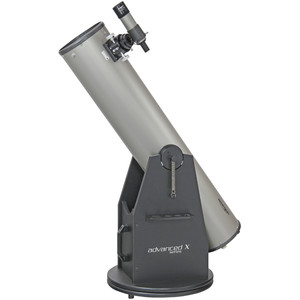
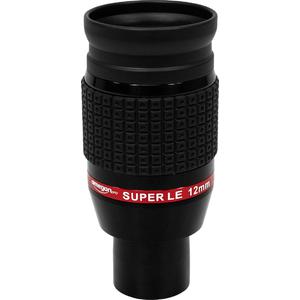

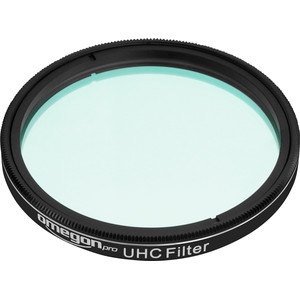
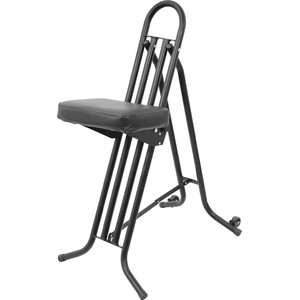
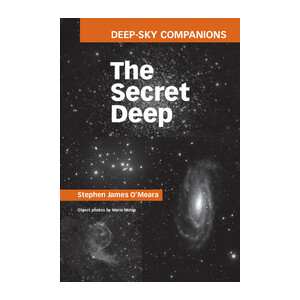
This is the set for you if you ...
- Want to enjoy deep sky objects like nebula and galaxies with large fields of view of 2° or more
- Prefer to observe from a comfortable sitting position
- Want to be able to complete the set-up quickly to allow time for the large mirror to cool
- Are not interested in astrophotography (snapshots of the Moon are possible)
- Appreciate the high light-gathering power without chromatic aberration, and can accept the spikes on bright stars typical of mirror optics
Budget: from €600
Set 5: Exploring the night sky with navigation

Dobsonian telescope with digital setting circles
Faint deep sky objects are often not visible in the finder and must be searched for using a star chart. This requires some practice, but it is also fun. An alternative is a PushTo telescope; these connect to your mobile phone, and a planetarium app shows you the way, just like the sat nav in your car. And just like in the car, you have the last word on the route.
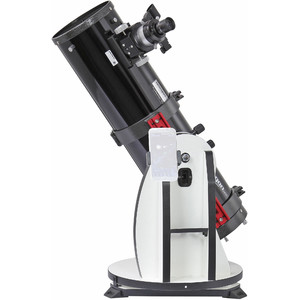
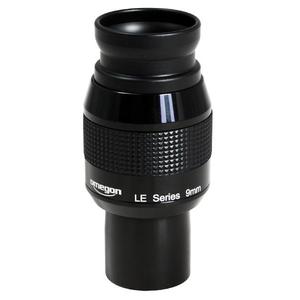
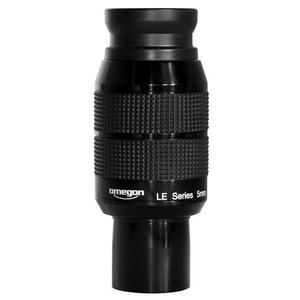

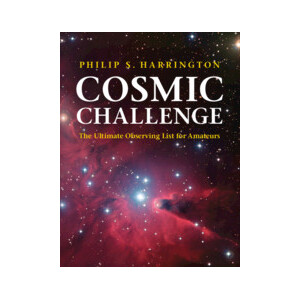
This is the set for you if you ...
- Would like to observe the Moon and planets as well as nebulae and galaxies
- Use reference stars to align the mount before observing, thereby easily finding your target
- Want to experience the starry sky in a natural and simple way without sacrificing the convenience of modern technology
- Appreciate the high light-gathering power without chromatic aberration, and can accept the spikes on bright stars that are typical of mirror optics
Budget: from €600
Set 6: Observing and photographing the Moon with a smartphone

Lens telescope (achromatic refractor) with equatorial mount
At high magnification, the target disappears quickly from the field of view. The reason for this is the rotation of the earth, which you need to compensate for. An equatorial mount can make this easier or even take over completely, which is essential for astrophotography. To do this, it must have a tracking motor and be aligned with the pole star. Then beautiful photographs of the Moon with a smartphone are possible.
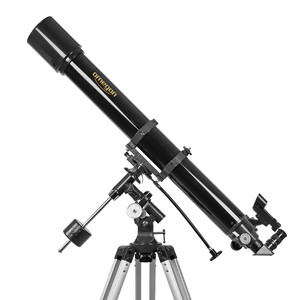
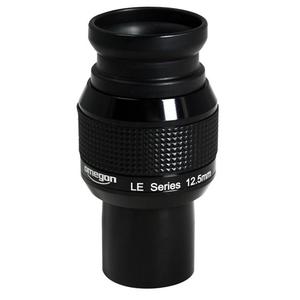

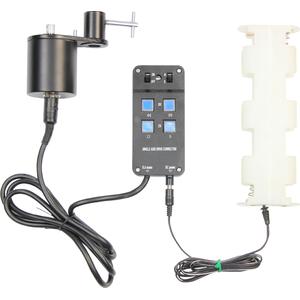
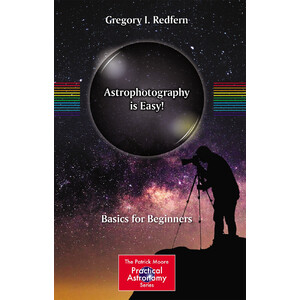
This is the set for you if you ...
- Would like to observe and photograph the Moon and planets
- Can take about 10-15 minutes to set up and align the telescope
- Want to take simple photographs of the Moon and large planets with motorised tracking and a smartphone
- Can live with some chromatic aberration in return for fine, point-shaped stars without the spikes caused by a secondary mirror
Budget: from €400
Set 7: Flexible observing and photography

Mirror telescope (Newtonian reflector) with equatorial mount
Faint nebulae and galaxies are more difficult to photograph than the Moon and planets – they require long exposure times and accurate tracking. A fast mirror optic together with a stable mount with an autoguider connection are the right tools for the job here. Time and care are required in the setting up, but once completed, nothing will stand in the way of your introduction to astrophotography.
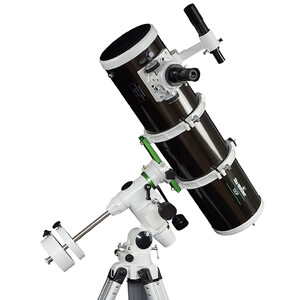


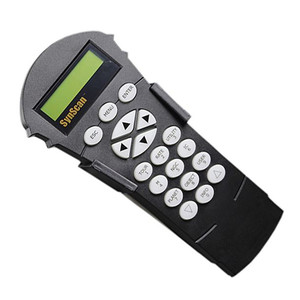
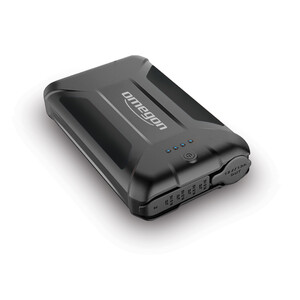

This is the set for you if you ...
- Would like to observe and photograph nebulae and galaxies as well as the Moon and planets
- Can take about 10–15 minutes to set up and align the telescope
- Want to photograph the Moon and planets, as well as nebulae and galaxies (accessories required)
- Appreciate the high light-gathering power without chromatic aberration, and can accept the spikes on bright stars typical of mirror optics
Budget: from €600
Set 8: The compact optic for all targets

SC telescope (Schmidt Cassegrain) with altazimuth fork mount and GoTo
Sometimes you just want to have everything. The compact SC telescopes are the Swiss army knives of astronomy. Others are better in individual disciplines, but as all-rounders, the Schmidt Cassegrains cannot be beaten. Observe, capture images, navigation included – everything is possible. Here, too, the telescope must be aligned before observing.

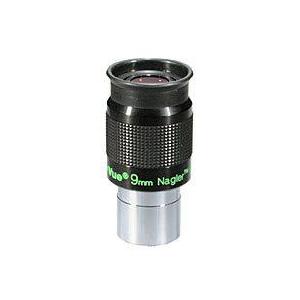


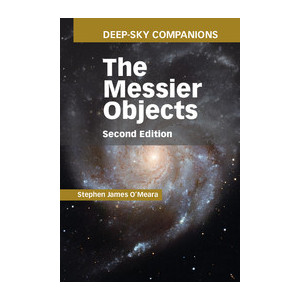
This is the set for you if you ...
- Want everything: you want to observe and photograph the Moon and planets, as well as nebulae and galaxies
- Take the time to set up and align the mount with the help of reference stars before observing
- Enjoy the fact that your telescope can independently find and track thousands of objects stored in the hand-held controller’s database
- Appreciate a compact, integrated system put together by the manufacturer, and accept the trade-off of less flexibility in upgrading
- Are looking for an optic without chromatic aberration and without spikes on bright stars
Budget: from €2,000
Set 9: Perfect astrophotography

Apochromat with equatorial GoTo mount
With a pure-colour apochromat, thanks to four lenses and special glass, offering high light-gathering power together with an advanced GoTo mount, the expert or ambitious advanced observer has the whole sky at his fingertips. Whether planets or large deep sky objects, perfect astronomy photographs with fine details are the speciality of this combination.

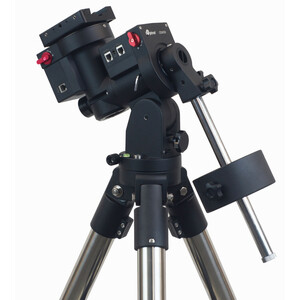
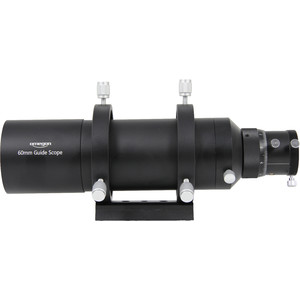

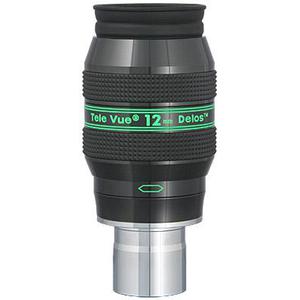

This is the set for you if you ...
- Would like to take fantastic photographs with a four-lens ED optic with perfect colour correction
- Want to ensure, with the integrated corrector, complete illumination of your full-frame camera with a 44-mm image circle
- Attach importance to the perfect alignment of the mount with the integrated polar finder (laptop/PC required)
- Would like to have the option of being able to automatically find over 212,000 objects
Budget: from €2,000


